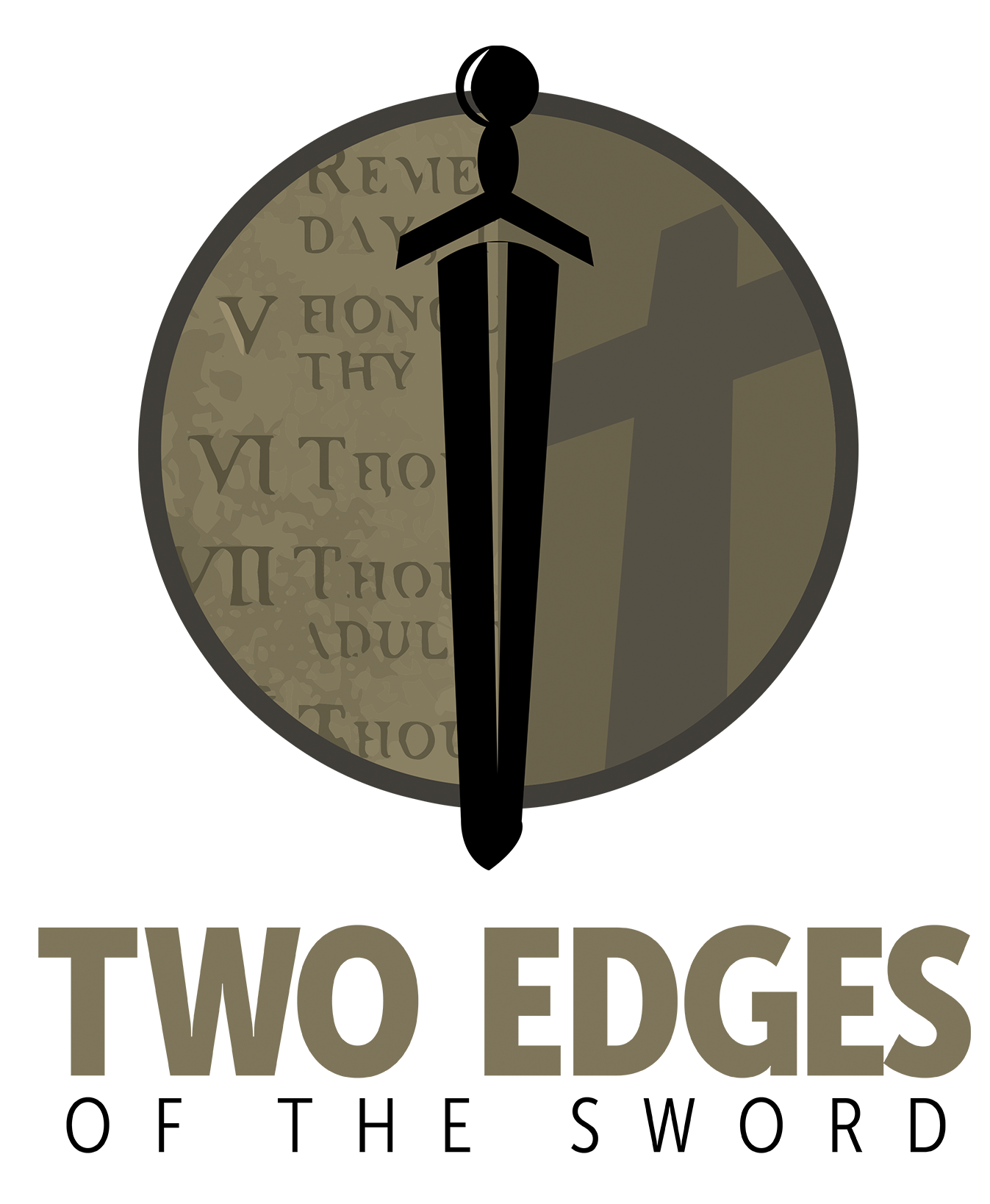Last week we looked at the first of the four metaphors the Bible uses to describe the church of Jesus Christ—the church is made up of the children of the family of God.
church is made up of the children of the family of God.
But the church is also a body, a bride, and a temple. The church as God’s family emphasizes its permanent unity; the church as the body of Christ illustrates its function here on the earth; the church as the bride of Christ pictures its exclusive position as the object of God’s unique, agape love; and the church as the temple of the Holy Spirit represents its power to complete its commission to rule over the earth (Genesis 1:26)! We saw that the people of God, as His family, have an intimate, unique relationship with God as our Abba Father, our Daddy.
So, what does the Bible teach us about what it means that we are the “body of Jesus Christ?”
Since the Ascension (Acts 1:9-11, Daniel 7:13, 14, Psalm 110:1-3) Jesus is seen to be the Head of His body, and He is now seated on His throne at the Father’s right hand in heaven. Paul prays for the Ephesians a prayer he initially prayed for them and he would certainly pray for us today—that we would see and understand the incredible significance of this truth with spiritual eyes:
“(I) do not cease to give thanks for you, making mention of you in my prayers: that the God of our Lord Jesus Christ, the Father of glory, may give to you the spirit of wisdom and revelation in the knowledge of Him…that you may know…what is the exceeding greatness of His power toward us who believe, according to the working of His mighty power…which He worked in Christ when He raised Him from the dead and seated Him at His right hand in the heavenly places, far above all principality and power and might and dominion, and every name that is named, not only in this age but also in that which is to come, and He put all things under His feet, and gave Him to be head over all things to the church, which is His body, the fullness of Him who fills all in all” (Epesians 1:16-23).
Since His ascension and enthronement at His Father’s right hand, this passage makes clear that Jesus is currently ruling victoriously over all heaven and earth, now and forever!
However, He is very practically exercising this “ruling” through His church, His body, made up of the ekklesia, who are here on the earth. We are, right now, as we live by faith and not by sight, wherever we go and whatever we do, ruling in that same victory described in Ephesians 1 above that Jesus won at the cross. This is what God created us to do, right now, in time, over the earth (Genesis 1:26)—in the very midst of our enemies all around us: “The LORD (God the Father) shall send the rod of Your (Jesus) strength out of Zion (the church). Rule in the midst of Your enemies!” (Psalm 110:2).
This “body” metaphor provides insight into how the church grows and develops and learns to fulfill this calling. Paul says that the church, as it functions biblically, will one day be unified and mature, arriving at “the measure of the stature of the fullness of Christ” (Ephesians 4:13), ie., the church will eventually reflect the glory of Jesus. His body on earth will be a mirror, or a practical expression, of the Head. In other words, to be in the presence of the church is to be in the presence of Jesus!
True, we are a long way from seeing that with any kind of consistency. Yet Paul says that this is the destiny (the future), in time, of the church. Eventually, we will no longer be immature children, deceived into believing the non-biblical philosophies of the culture around us (a most important step the church has yet to take), but will grow up and mature until we resemble the Head and rule over the earth with love and firmness, just as He did (Ephesians 4:14, 15).
What does the church do to facilitate this growth? How does it function? The place to look is, of course, the Bible, that is fully authoritative, not only in what the church says, but also in (Duh!) how it functions. The reformers somehow never thought of addressing that, and neither have we.
However, Martin Luther initially did consider this issue. He observed and had some interaction with the Anabaptists, long-time renegades from Catholicism. They largely agreed with Luther’s gospel of grace, but their churches were informal, non-liturgical, and non-professional-led. After their discussions, that occurred relatively early on in his journey, Luther discarded the concept of this change in authoritative church structure as there being “too much water under the bridge” to change so radically. He welcomed the new wine, but could not imagine a new (biblical) wineskin in which to hold it. So the Reformation reformed the gospel but not the church that preached it.
My book, A Glorious Church – Attacking the Gates of Hell, is available free in ebook form on my website, and it goes into great detail about the biblical view of the church, including its structure. Email me and I will send you a PDF of the book at no charge. In this posting I want to simply introduce a couple of important ideas that we will develop in more detail later.
They are: First, 1.) The church members walk in transparency with each other, not pretension. We walk in the light together (1 John 1:7), not hiding our failures and weaknesses, all the while pretending we’ve got it all together. Secondly, 2.) The church members are participants in church meetings, not observers (1 Corinthians 14:26). We go to church to bring a contribution, not just to quietly listen to those paid to contribute.
Next week we will begin to investigate both of these ideas, neither of which is front and center in a majority of today’s churches.
